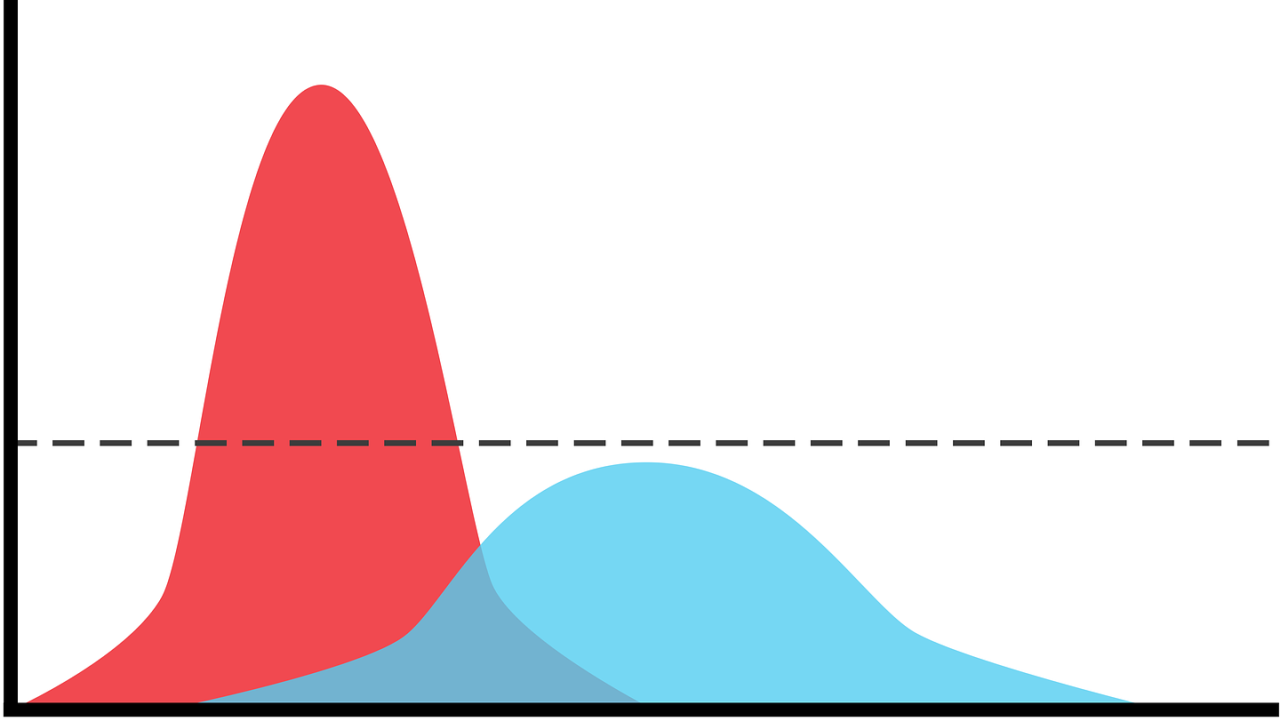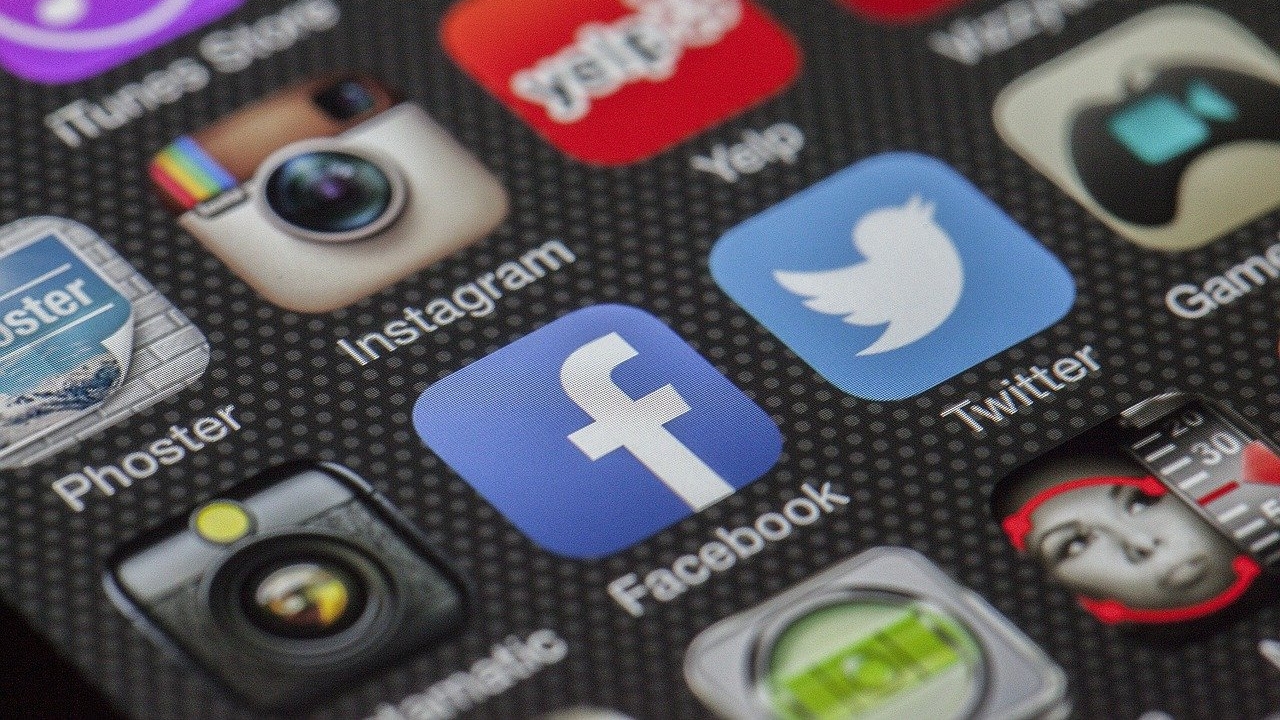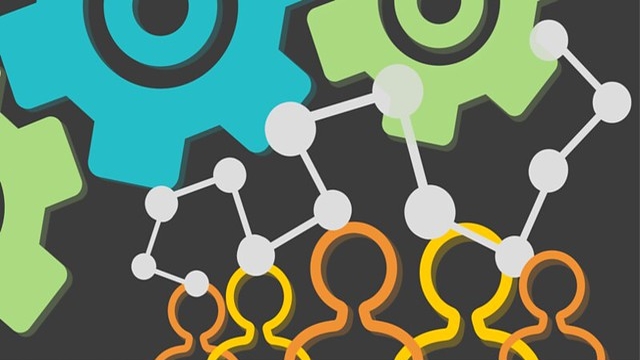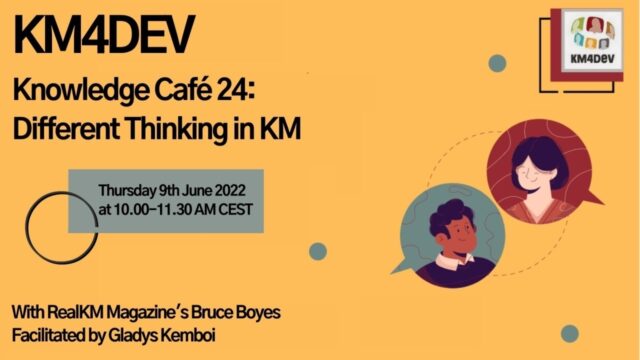
How to effectively promote citizen engagement through government social media during the COVID-19 crisis
This article is part of a series of articles exploring the COVID-19 coronavirus pandemic from a knowledge management perspective.
Government agencies across the world are using social media platforms for knowledge sharing and transfer in regard to the COVID-19 coronavirus pandemic. Examples include the Centers for Disease Control & Prevention (CDC) in the United States, the National Health Service (NHS) in the United Kingdom, and the Department of Health in Australia.
This approach is validated by the research evidence. As we’ve previously reported in RealKM Magazine, a systematic review1 of peer-reviewed research looking at the impact of social media on knowledge management (KM) has found that social media supports KM practices.
But what social media practices most effectively engage the community in the context of COVID-19? A newly published study2 uses data scraped from ‘Healthy China’, an official Sina Weibo account of the National Health Commission of China, and a comprehensive literature review to examine how citizen engagement relates to a series of relevant factors:
- Media richness: Media Richness Theory (MRT) advocates that communication media has differentiated capacities in facilitating understanding. For example, a phone call cannot reproduce visual social cues such as gestures which makes it a less rich communication media than video conferencing3. Social media users often seek to enhance the media richness of their posts through the inclusion of images or videos, rather than just posting plain text. However, although most previous studies support the assumption that multimedia content receives more likes and shares, some have also confirmed the positive effect of plain text.
- Dialogic loop: Dialogic Communications Theory (DCT) argues that organisations should be willing to interact with the public in honest and ethical ways in order to create effective organisation-public communication channels. Dialogic loop is a core element of DCT, and infers that organisations must raise questions to stimulate public dialogue on social media, while providing the channel for the public to respond and share feedback.
- Content type: Content types relates to the issues / topics being discussed. Past research shows that different content types will achieve varying degrees of social media engagement. According to the Uses and Gratification Theory, this is because people actively seek out specific media to satisfy specific environmental and personal needs4.
- Emotional valence: Emotions are important determinants of knowledge sharing and relationship practice, which determine an individual’s desire to seek and share knowledge. According to the Social Sharing of Emotion Theory, people who experience emotions are often more eager to share and engage in discussion.
Findings
- Media richness was negatively associated with community engagement through government social media, which is consistent with previous research findings that plain text can create greater citizen engagement under uncertainties.
- The dialogic loop will increase community engagement through government social media during public health crises.
- Different content types have different influences on community engagement through government social media. In comparison to information appreciating the work of frontline emergency services, information relating to the latest news on the pandemic, and information on the government’s handling of the crisis lead to increased citizen engagement. The public is more concerned about these two types of information because they help to reduce potential risks and uncertainties.
- Emotional valence moderates the relationship between media richness, dialogic loop, content types, and community engagement through government social media. In terms of media richness, when posts with both a high media richness and positive emotion are displayed, community engagement through government social media increases, while posts with a high media richness and negative emotions lead to a decline in community engagement through government social media. For the dialogic loop, when posts contain negative emotions, community engagement through government social media reduces. Regarding content type, when posts are related to the latest news about the pandemic, stronger negative emotions lead to increased community engagement through government social media.
Recommendations
From their research findings, the study authors recommend that:
- Government agencies should comprehensively use artificial intelligence and cloud computing technologies to analyse public demand and changes in this during the different stages of a crisis. Government social media can therefore satisfy the needs of citizens to the greatest extent through the release of customized crisis information.
- Government agencies should actively use the dialogic loop to enhance community engagement through government social media. Government agencies can take full advantage of social media functions, especially @mentions and #hashtags. Governments may post and respond to citizen questions to increase interaction with the public, so as to improve the level of engagement. In addition, government agencies should consider the impact of emotional valence when using the dialogic loop. For example, posts displaying positive emotions will help to promote community engagement through the dialogic loop.
- The media richness of a post should not be simply considered “the higher the better”. Government agencies should consider fully how media richness matches content type and emotional valence when creating posts. When latest news about the pandemic is released through government social media, the impact of plain text is no less than that of posts containing pictures or videos. Those posts displaying positive emotions can include more videos or pictures, while plain text is more suitable for posts with negative emotions.
Article source: Elsevier Novel Coronavirus Information Center. “Elsevier hereby grants permission to make all its COVID-19-related research that is available on the COVID-19 resource center … immediately available … with rights for unrestricted research re-use and analyses in any form or by any means with acknowledgement of the original source.”
Header image: Weibo mobile phone button and application, bfishadow on Flickr, CC BY 2.0.
References:
- Aisenberg Ferenhof, H., Durst, S., & Hesamamiri, R. (2016). The impact of social media on knowledge management. In 11th International Forum on Knowledge Asset Dynamics (IFKAD)-Dresden 15-17 June 2016. Institute of Knowledge Asset Management (IKAM). ↩
- Chen, Q., Min, C., Zhang, W., Wang, G., Ma, X., & Evans, R. (2020). Unpacking the black box: How to promote citizen engagement through government social media during the COVID-19 crisis. Computers in Human Behavior, 106380. ↩
- Wikipedia, CC BY-SA 3.0. ↩
- Wikipedia, CC BY-SA 3.0. ↩
Also published on Medium.






